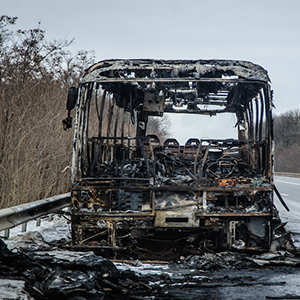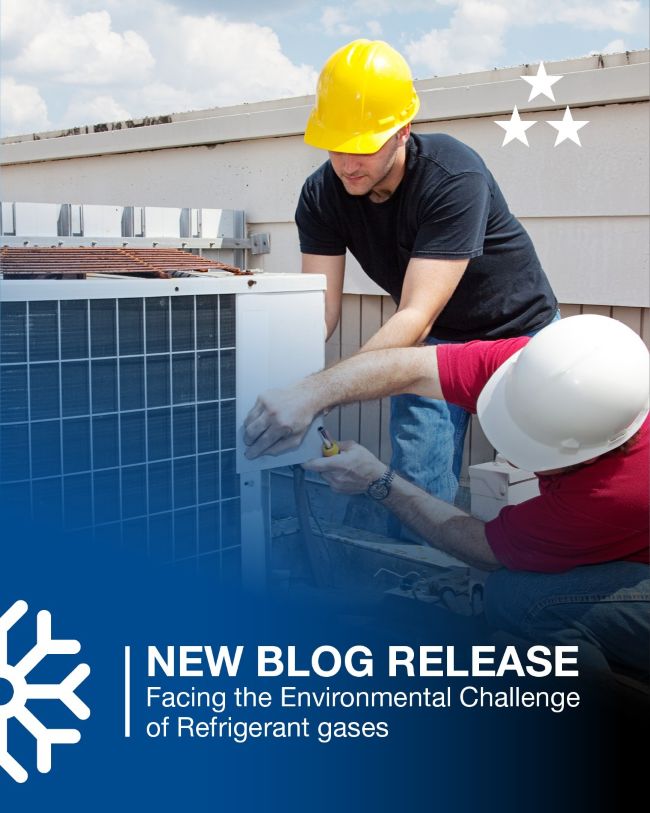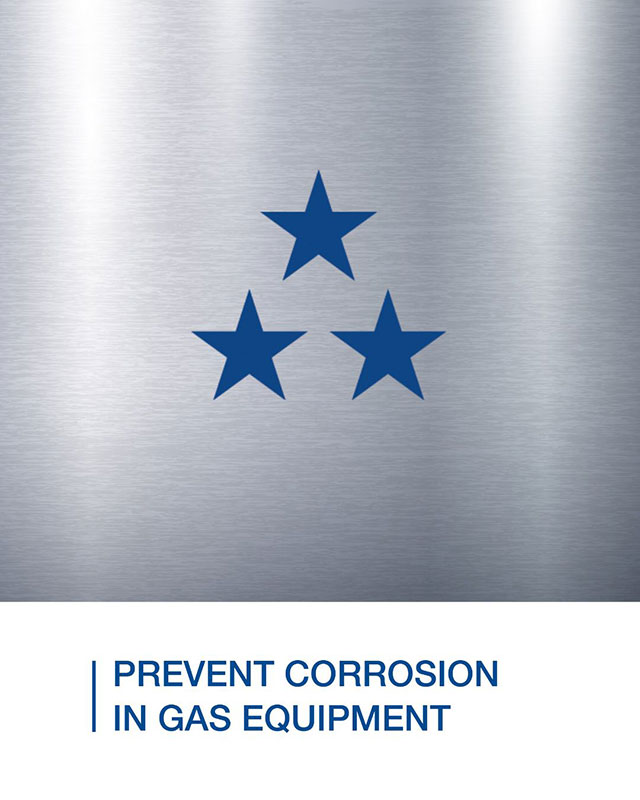Automatic Fire Suppression Systems for Engine Protection
Is UNECE R107 Really Legally Binding?

As the deadline approaches for compliance with UNECE (United Nations Economic Commission for Europe) Regulation No. 107, manufacturers selling Class III buses or "coaches" within 37 signatory countries are racing to ensure each new vehicle houses an approved, automatic fire suppression system protecting its engine compartment.
But what happens if they don't?
What are the penalties for non-compliance? And what if it makes sense for manufacturers to adopt better solutions for forthcoming vehicles? To get to some answers, let's start with the basics.
Running on Fumes
Today, it's estimated up to 1% of all buses in service worldwide will suffer from an incident involving smoke or fire in a given year. That's roughly between 350 and 400 bus fires per year. Two-thirds of those fires begin in the engine compartment and can pose significant risk to passengers.
UNECE R107 is designed to change that. Developed by UNECE's Inland Transport Committee, R107 mandates that beginning in July 2018, all new Class III vehicles must house a system capable of automatically detecting and suppressing fire within the engine compartment in order to receive the vehicle Type Approval they need to be sold within signatory countries.
Straightforward enough, right? Yet questions remain:
Is R107 Legally Mandated?
Yes, at least as a matter of international trade agreements for all of the regulation's 37 signatory countries (or "contracting parties").
Generally speaking, UN Regulations such as R107 form a legal framework through which contracting parties agree on a common set of technical prescriptions and protocols for Type Approval, or Certificates of Conformity. Vehicles subject to R107 must comply in order to be sold in these countries.
The July 2018 deadline signatories have set applies to certain categories of Class III vehicles constructed exclusively for the carriage of more than 22 seated passengers plus a driver. All new vehicle types and vehicles within these categories must comply with the regulation by July 2019. The transition period for Class I and II vehicles goes from September 2020 through September 2021.
Is There a Way to Circumvent R107?
Not within signatory countries, where new buses must conspicuously display an Approval Type mark designating compliance with all applicable regulations, including R107. And Type Approval authorities must be permitted to verify UNECE certification for fire suppression systems at any time, and conformity controls at production facilities once every two years.
What's the Penalty of Non-Compliance?
An inability to sell new vehicles subject to R107 within signatory countries. It's also worth noting that while each signatory country uses R107 as a baseline, some may have their own, more stringent standards, which could be applied up and above R107 compliance.
However, once one signatory country grants Type Approval, however, every other signatory country is obliged to regard that vehicle as legal for import, sale and use.
Will Any Fire Suppression System Do?
No. R107 requires the use of automatic fire suppression systems that have been approved using strict testing protocols adopted from the existing SP method 4912 developed by Research Institutes of Sweden (RISE). This includes rigorous testing under very harsh conditions.
Even then, not all R107-compliant fire suppression systems are created equal. Bus manufacturers who don't yet have a solution in place, or those looking to replace the solution they have now, are likely to prioritize advanced fire suppression technologies that are fast, effective, affordable—and easy to install.
Take the new Compact Line automatic fire suppression system for bus engine fire protection—the smallest, most compact automated system to earn UNECE R107 approval. This system is able to protect a 4m3 engine compartment with only 4 liters of agent.
While some other systems require installation of two separate cylinders, Compact Line combines the pressure chamber and extinguishing agent into a single, ultra-compact form factor for fast, easy installation. With 4-, 7- and 12-liter systems, Compact Line accommodates vehicle engines of all sizes.
What's more, instead of a fast burst of discharge, Compact Line uses a built-in regulator that disperses extinguishing agent in a sustained manner to cool the engine block quickly and efficiently for an indeterminant time—giving passengers time to evacuate safely while minimizing damage to the vehicle. With many other solutions, you're lucky to get 60 seconds before reignition.
What Comes Next?
You've seen our rough take. Now be sure to seek legal counsel for formal guidance on these and any other questions you may have related to R107.
And remember: While the first compliance deadline will soon be in the rearview mirror, those Class I and Class II deadlines are closer than they may appear. With its compact size and unique capabilities, Compact Line can make an excellent addition to your sourcing and procurement efforts for those and future vehicles.
To learn more about Compact Line automatic fire suppression systems for bus engine fire protection, visit our dedicated webpage.







